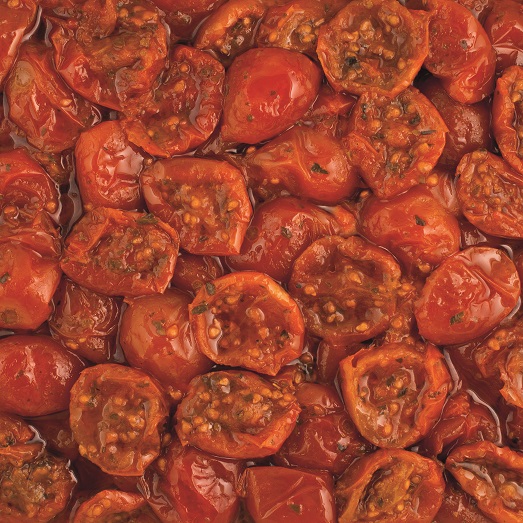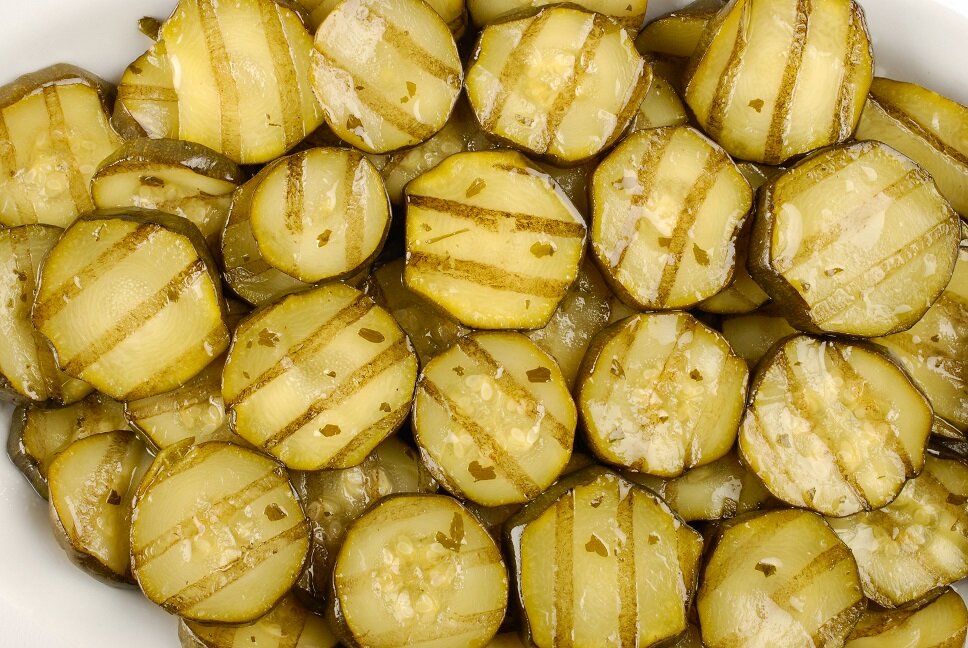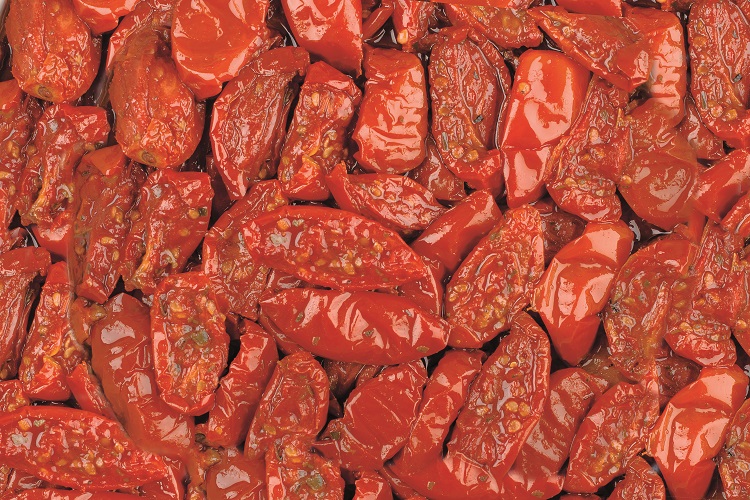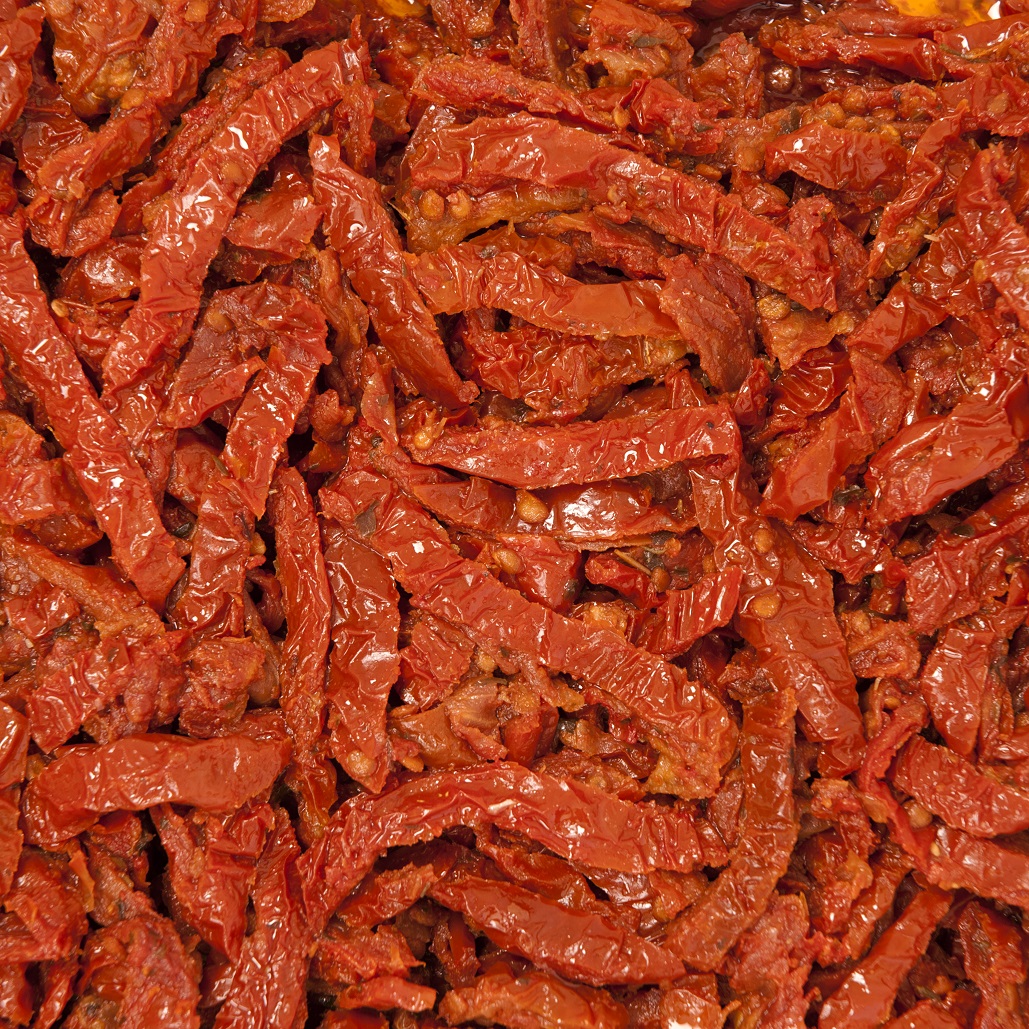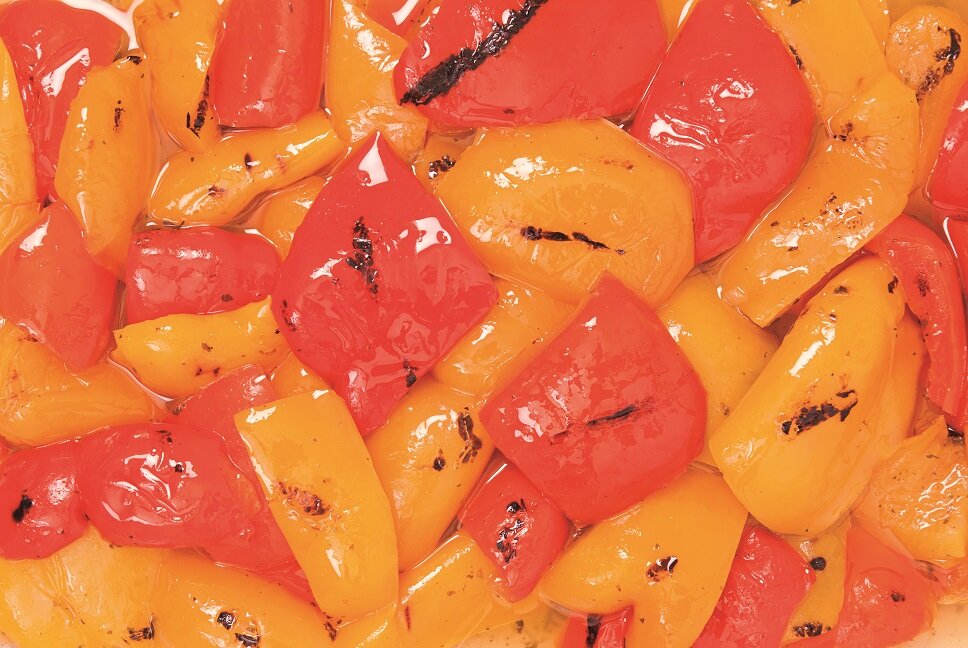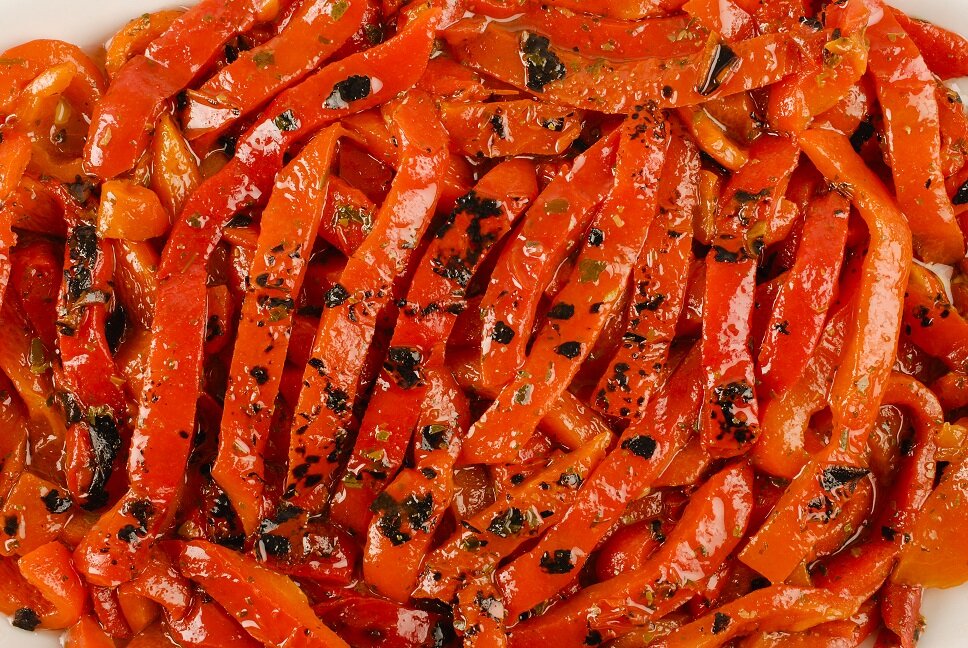Antipasto and share plates: ideal to serve all year round
THE TERM antipasto goes back to the 16th century, which shows how long people have been enjoying the traditional entrée of a variety of small foods designed to stimulate the appetite and tastebuds while leaving plenty of room for the main. While strictly speaking it designates Italian cuisine, today it’s often used as an all-embracing term, with elements from Spanish tapas and Greek mezze mixed and matched alongside their Italian counterparts to form part of modern Australian cuisine’s demand for sharing plates.
The specific ingredients of antipasto vary widely even in Italy due to regional variation in availability and style of produce, so it’s no wonder that the Aussie definition is pretty broad. We can agree on some specifics, however: cold meats (Italian favours prosciutto, pancetta and salami) seafood (calamari, scallops, prawns and in Australia, smoked salmon), and a selection of fruits and vegetables. Fresh fruits such as watermelon, honeydew melon, cantaloupe and grapes will sit attractively alongside vegetables - traditionally preserved in oil or vinegar, but increasingly Australian share plates are also making use of chargrilled vegies, minus the oil.
Time-saving alternative to chargrilling from scratch
Frozen chargrilled vegetables, such as the Edgell Chefs Grill range from Simplot Australia, have been introduced to the local market to provide a time-saving alternative to the labour-intensive task of chargrilling from scratch. “When you factor the labour in, chargrilling is quite a costly exercise,” points out Simplot Australia Executive Chef David White. “It’s also a problematic one in terms of consistency, because some chefs chargrill better than others. And you also have to allow for the price fluctuations of raw vegetables outside of season which can impact on menu costing – it’s not unusual for yellow capsicums to hit $40 a kilo around Christmas, whereas these are $9 a kilo.”
Using frozen chargrilled vegetables which aren’t packaged in oil provides greater versatility – in that you can make your own marinade, such as rosemary and garlic or a balsamic, giving you the opportunity to add some contemporary flavours to your antipasto offering rather than the blandness of olive oil or vinegar, which tends to overpower the flavours of the veggies themselves.
The Edgell Chefs Grill range includes yellow and grilled capsicums, zucchini slices, eggplant slices, grilled onions and two mixed varieties. All are individually quick frozen with a frozen storage life of 18 months so you need only defrost what you want and keep the remainder frozen until required.
“They are really cost-effective and easy to use and a genuine time-saver because all the work’s been done for you.”
Cheese selection a key ingredient
In Italy, antipasto plates usually feature several different cheese styles which provide contrasting flavours and textures, and that’s a good rule of thumb to follow. Another, according to Mark Normoyle, Executive Chef at Anchor Food Professionals which markets a selection of cheeses under the Mainland brand, is to ensure your antipasto plate has equal quantities of the various different food types.
“Antipasto is something you can serve all year round and it’s something that’s easy to contemporise and prepare well in advance knowing it will keep for seven to ten days,” Mark says. “Your customers are more health-conscious these days, so it’s great to include lots of vegies, fruits, cheeses and breads along with the cured meats. The great thing about antipasto is you can cost it out very accurately and people are happy to pay good money for good antipasto. The Mediterranean diet is so popular know – everyone knows about the positive qualities of olive oil, lemon juice, capers and so on and those are great additions to any antipasto plate.”
Riviana’s Antipasto Range
Mark adds that we have access to great ingredients in Australia and recommends going to your local market to see what’s in season: “Right now there’s beautiful fennel around are roasted fennel is great – as are zucchini flowers and tomatoes at their peak. I’d be looking to incorporate seasonal produce, even something a little different such as brussels sprouts in winter which are a great complement to cured meats. Roasted pumpkin is also a terrific addition you may not have thought of. So look around and don’t be afraid to experiment. In Australia we’re very big on mixing cuisines together - I’ve seen cauliflower roasted in Tandoori fashion and added to antipasto, and we mix spices from around the world so don’t hesitate in mixing in some Japanese or Indian flavours within your marinades. Things like roasting eggplant in miso paste will impart a distinctive flavour that your customers may not have enjoyed before.”
When it comes to cheese, Mark recommends choosing carefully to ensure it complements your other ingredients, and points out that in addition to offering cheese pieces as part of a sharing plate you can also utilise it as an ingredient to enhance tapenades and dressings.
“For example, a little Mainland Feta is an ideal ingredient to add flavour to your roasted capsicum tapenade. It’s a great savoury match – just roast and peel your capsicum and blend with olive oil and feta to make a paste. Look for flavours and textures that provide contrast – like the complement of fresh crisp apples with the softness of Mainland Blue. Some thick-cut sourdough toast with Mainland Blue slightly crumbled over, then topped with a fresh apple and mint salad drizzled with honey gives a great balance of flavours that your customers are sure to appreciate.”




